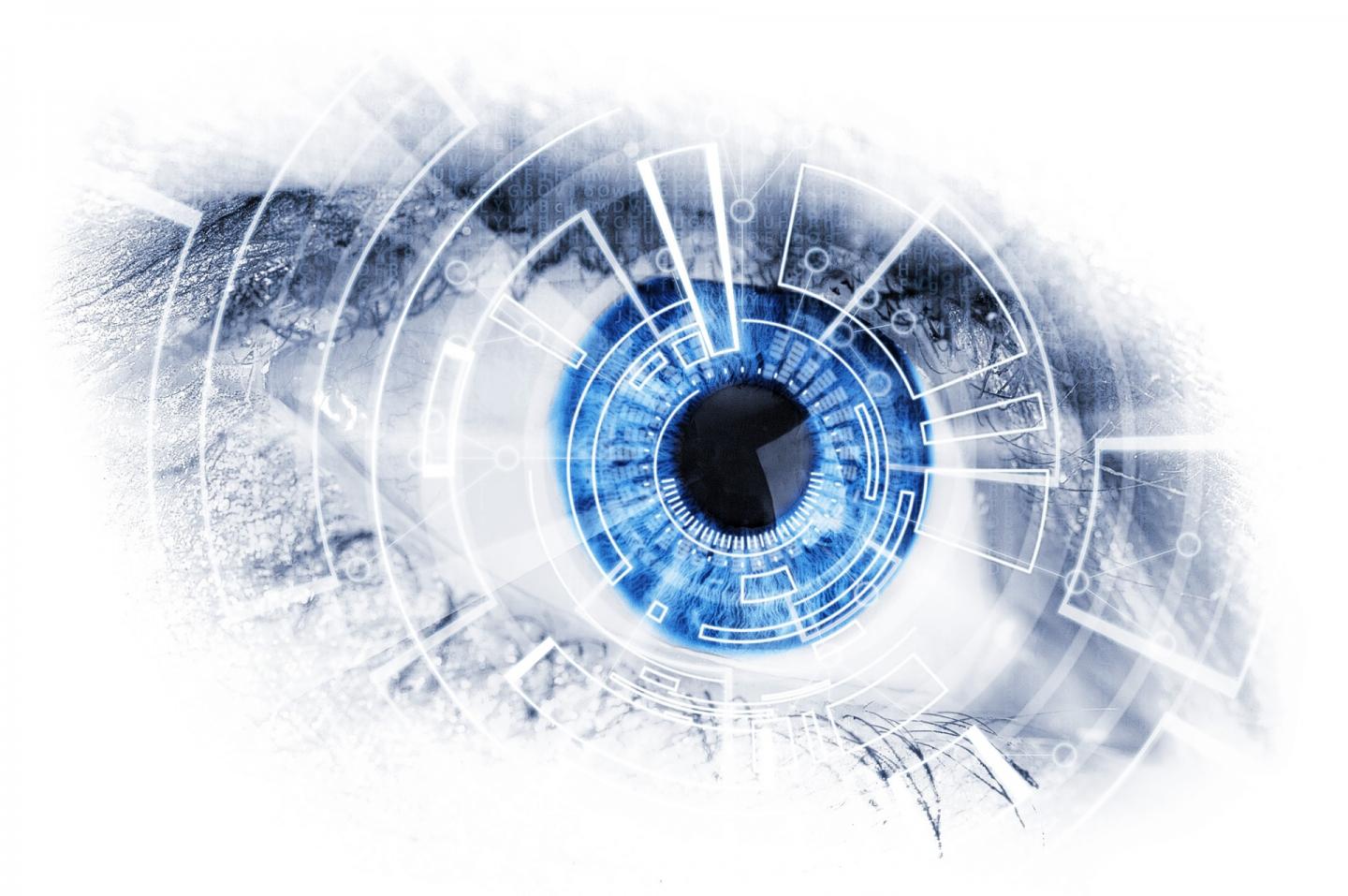Research carried out at SISSA in Trieste, Italy, confirms the similarities between rats, primates and artificial vision systems; a correspondence that paves the way to promising developments in the AI field

Credit: PIxabay
“It is known that there are important similarities between the visual system of primates and the artificial neural networks of the latest generation. Our study shows how these similarities exist also with the visual system of rats, whose architecture is undoubtedly more primitive, if compared with the brain of primates, but whose functions and potential still remain largely unexplored”. This is the comment by Davide Zoccolan, professor of neuroscience at SISSA, on the research conducted by his group, the Visual Neuroscience Laboratory, and recently published in The Journal of Neuroscience.
The study, supervised by Professor Zoccolan and Dr. Federica B. Rosselli (a SISSA graduate and now postdoctoral researcher in the Caesar centre of the Max Plank Society in Bonn) and conducted together with Giulio Matteucci (first author), Rosilari Bellacosa Marotti and Margherita Riggi, provides new insights on the mechanisms used by neurons in rat visual cortex to encode the shape of visual objects. The results confirm the importance that rodents can have in the study of the neuronal basis of vision. They also suggest that the brain of these animals, in addition to that of the most evolved species, can inspire improvements to the so-called Artificial Deep Neural Networks, possibly helping them to “see” in a way that is increasingly more similar to their biological counterparties.
“By exploring a progression of cortical areas that, in the rat brain, runs across the occipital and temporal lobes, we have found trends that are similar to those observed in the monkey visual system, with respect to the ability of visual neurons to represent increasingly complex shapes”. Zoccolan continues “these trends, which are considered to be at the root of the extraordinary object recognition abilities of primates (including humans), are very similar to those found in deep neural networks, as confirmed by the simulations run in our study. Thus, our work provides further evidence about the existence of a hierarchy of visual areas, which are responsible for processing the shape of visual objects and forming mental representations of the world in the rat brain”.
The use of rodents to study high-level visual functions
The visual cortex of humans and, in general, of primates, is organised hierarchically: different areas exist, which are responsible for representing progressively more abstract information: from the identification of borders between light and shadow in localised regions of the visual field, to the identification of the objects contained in an image. It is not clear yet if an equally advanced specialisation exists in the cortex of rodents.
The study conducted at SISSA starts to clarify some of these doubts, confirming the existence of functional similarities between primates and rodents that open interesting prospects for future research. In fact, establishing how advanced the visual system of the rat is, compared to that of a superior mammal, is essential to understand if this species can be a good model to study the mechanisms at the root of high-level visual functions. On the other hand, understanding these mechanisms is a key step towards bridging the gap that still separates the perceptive skills of machines from our own.
Models to develop artificial intelligence
The research of Zoccolan’s group lends itself to potential applications in the field of artificial intelligence.
“We are increasingly directing our efforts at the interface between biological and artificial vision, using approaches of machine learning and deep neural networks. The advent of deep networks, which, in recent years, have revolutionized the field of artificial intelligence and machine vision, has also been possible thanks to the inspiration provided by the understanding of biological vision. For this reason, several scholars in the field of AI are convinced that further developments will come from better understanding biological intelligence. “If the neuronal mechanisms that allow processing visual information in biological systems will be better clarified, this knowledge could be applied to develop increasingly advanced and efficient algorithms to process and understand images and videos in artificial systems” concludes Davide Zoccolan.
###
Media Contact
Marina D’Alessandro
[email protected]
Original Source
https:/
Related Journal Article
http://dx.




